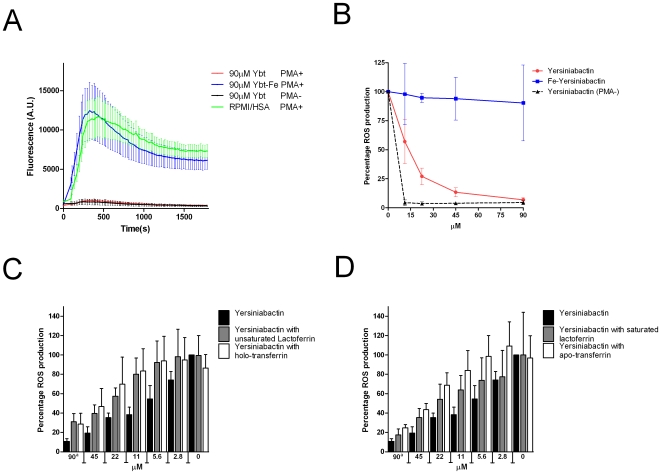Figure 3. ROS production by PMNs is reduced by yersiniabactin.
To determine the effect of yersiniabactin on the ROS production of PMNs, PMNs were pre-incubated with yersiniabactin. PMNs were then activated by PMA, and the production of ROS was measured using luminol. A) Absolute ROS production measured in arbitrary fluorescence units (A.U.) of PMNs after pre-incubation with yersiniabactin or iron-saturated yersiniabactin or the controls (PMNs that were only pre-incubated in RPMI/HSA medium and PMNs that were pre-incubated with yersiniabactin but not stimulated with PMA). B) The yersiniabactin-mediated inhibition of ROS production by PMNs is concentration dependent. Red line: the concentration-dependent decrease in production of ROS following treatment with yersiniabactin. Blue line: no decrease in ROS production following treatment with different concentrations of iron-saturated yersiniabactin. Black dotted line: negative control (PMNs incubated with yersiniabactin, but not stimulated with PMA); ***p value<0.0005, **p value<0.005, *p value<0.05. C) Treatment of PMNs with unsaturated lactoferrin or holo-transferrin partly inhibits the yersiniabactin-mediated inhibition of ROS production. Black bars: relative ROS production following treatment with yersiniabactin; gray bars: relative ROS production following treatment with yersiniabactin and unsaturated lactoferrin; white bars: relative ROS production following treatment with yersiniabactin and holo-transferrin. aConcentration of the iron chelator. D) Treatment of PMNs with saturated lactoferrin or apo-transferrin partly inhibits the yersiniabactin-mediated inhibition of ROS production. Black bars: relative ROS production following treatment with yersiniabactin; gray bars: relative ROS production following treatment with yersiniabactin and saturated lactoferrin; white bars: relative ROS production following treatment with yersiniabactin and apo-transferrin. All experiments were replicated three times, and each sample was analyzed in duplicate.

